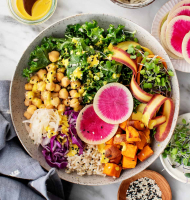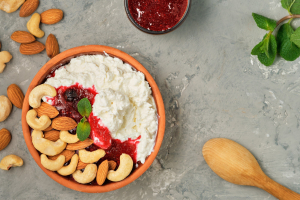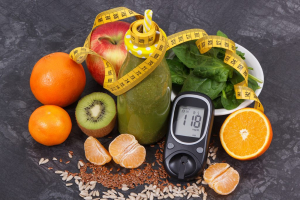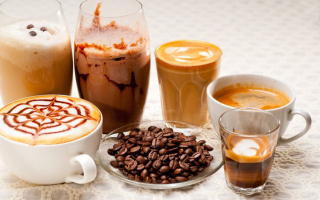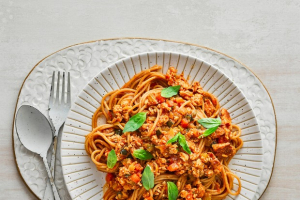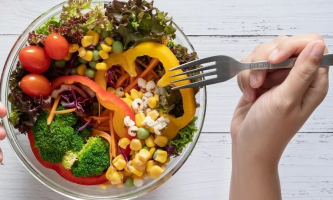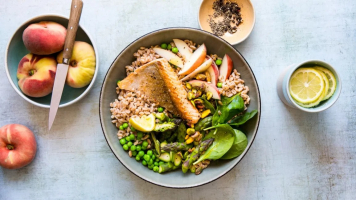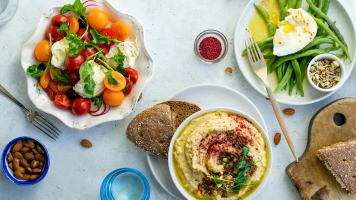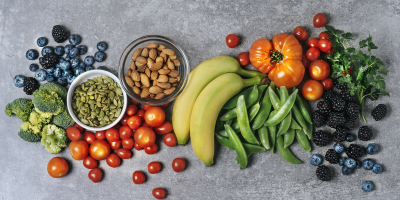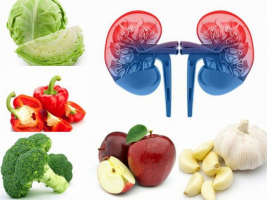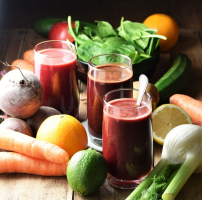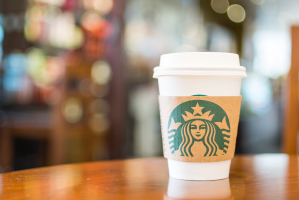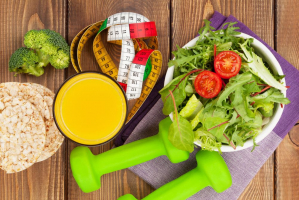Top 10 Healthiest Drinks for People with Diabetes
Diabetes is a common condition that affects millions of people in the nation every year. Serious health issues might result from having too much sugar in your ... read more...blood. But you can keep an eye on your diabetes or possibly prevent it. Along with changing your lifestyle habits, controlling what you eat and drink can be quite helpful. Below are some of the suggestions about the healthiest drinks for people with diabetes!
-
Making ensuring you drink the recommended amount of water each day is important, and there are an unlimited number of good reasons why you should.
Water is the number one thing to keep you hydrated, and the ideal go-to drink for people with diabetes looking to increase fluid intake. It won't cause your blood sugar to rise, so that's why. High blood sugar levels can cause dehydration. Your body can remove extra glucose through urine if you consume enough water. The Institute of Medicine advises adult men to consume about 13 cups (3.08 liters) of water per day and adult women to consume about 9 cups (2.13 liters). If you prefer variety above plain water, try these things:
- Adding slices of lemon, lime, or orange
- Adding sprigs of flavorful herbs, such as mint, basil, or lemon balm
- Crushing a couple of fresh or frozen raspberries into your drink
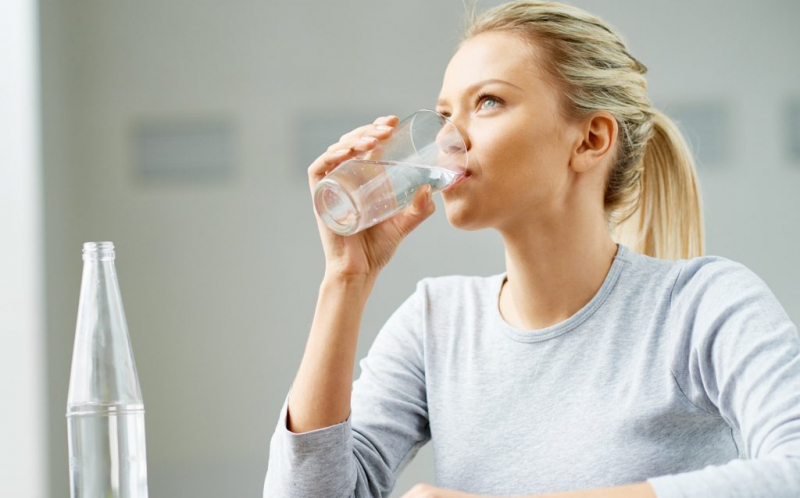
Water 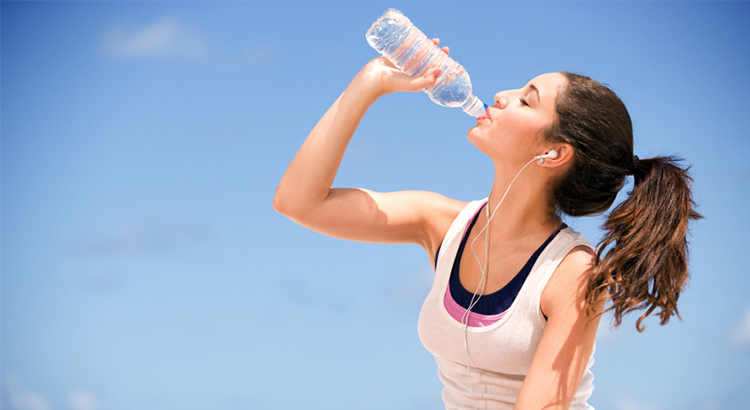
Water -
A fantastic fizzy, sugar-free substitute for other carbonated beverages like soda is seltzer water. Seltzer water has no calories, carbohydrates, or sugar, just like regular water.
A great way to stay hydrated and promote normal blood sugar levels is to drink carbonated water. There are numerous flavors and variations available, or you may experiment with adding some fresh fruit and herbs to your drink to give it a unique flavor. But now it has numerous manufacturers of carbonated water, but you should always read the labels to determine how much, if any, sodium may be present, especially if you follow a sodium-restricted diet. Additionally, you want to confirm that the water is pure and free of any additional sugars, flavors, or colorings.
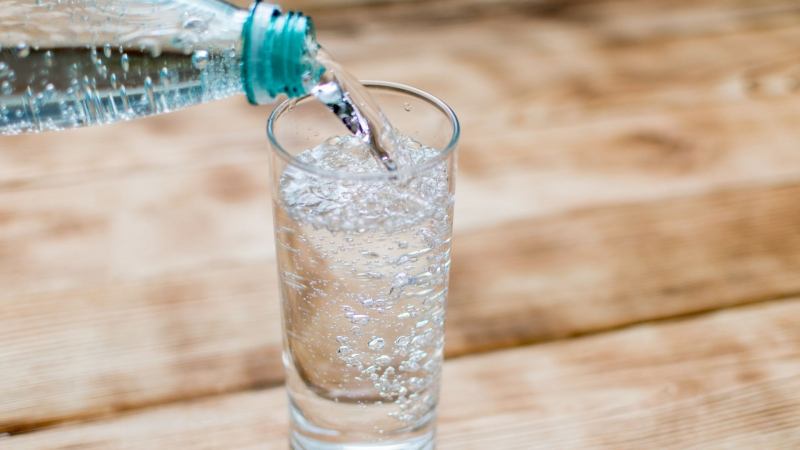
Seltzer water 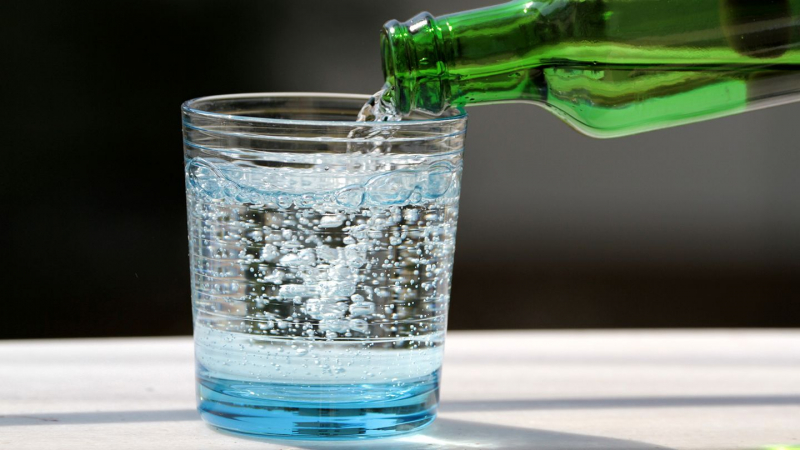
Seltzer water -
Green tea has been proven to improve general health, according to research. There are many health benefits to drinking green tea, and some of which are highly helpful for those with diabetes.
Drinking green tea, for instance, may improve blood sugar control, reduce inflammation, and reduce cellular damage. Green tea consumption significantly decreased fasting blood sugar levels and hemoglobin A1c (HbA1c), a sign of long-term blood sugar control, according to a study of 17 research including 1,133 people with and without diabetes. Or a significant 2021 cohort research including more than 500,000 participants reveals that drinking green tea on a regular basis may reduce your risk of type 2 diabetes. However, more study is required. Avoid flavored teas, whether you prefer green, black, white, or oolong. Make your own iced tea and add a few lemon slices for a cool flavor.

Tea 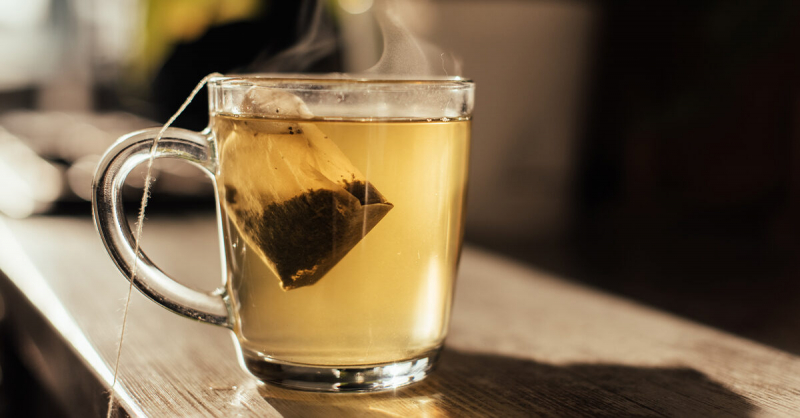
Tea -
For those with diabetes, herbal teas including chamomile, hibiscus, ginger, and peppermint tea are all excellent choices. Herbal tea is not only devoid of carbohydrates, calories, and sugar, but it also contains a variety of disease-preventive antioxidants like carotenoids, flavonoids, and phenolic acids.
It has been demonstrated that drinking hibiscus tea has a variety of positive health impacts, including lowering blood pressure and decreasing inflammation. In comparison to black tea, one research of 60 diabetics found that those who drank 8 ounces (240 mL) of hibiscus tea twice a day for a month saw significant drops in systolic blood pressure (the top number of blood pressure readings). Or in a study of 64 diabetics, those who drank chamomile tea made with 3 grams of chamomile three times daily after meals for eight weeks saw significant drops in their HbA1c and insulin levels compared to a control group.
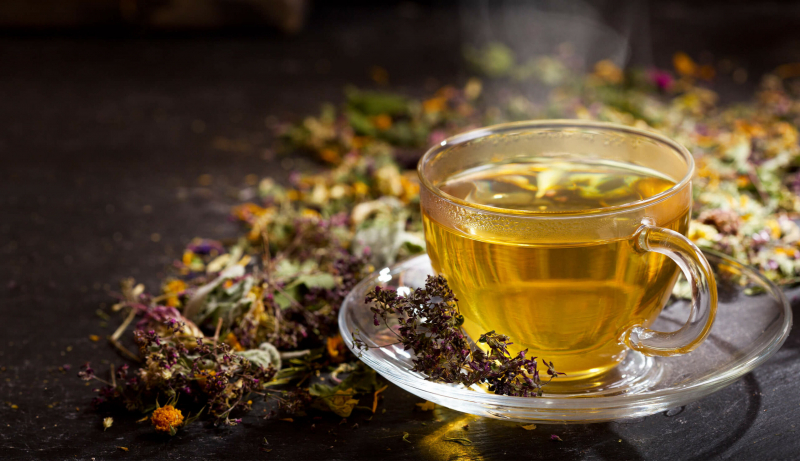
Herbal tea 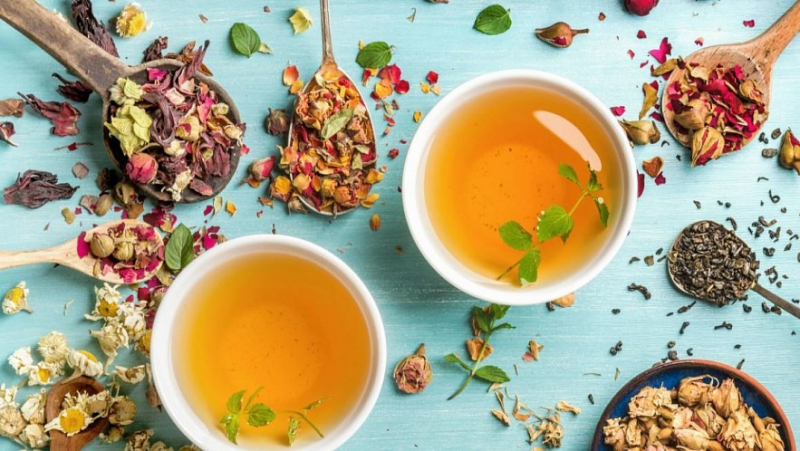
Herbal tea -
Researchers at Harvard tracked over 100,000 people for about 20 years. They concentrated on a four-year period, and their conclusions were later published in this 2014 study. They found that people who increased their coffee intake by over one cup per day had an 11 percent lower risk of developing type 2 diabetes.
It's crucial that your coffee be unsweetened, just like with tea. Coffee with milk, cream, or sugar has more calories overall and could have an impact on your blood sugar levels. For example, creamy, sugary drinks found at cafe chains are often loaded with unhealthy carbs. They’re also very high in calories. You have a lot of options for low- or no-calorie sweeteners if you decide to drink them.
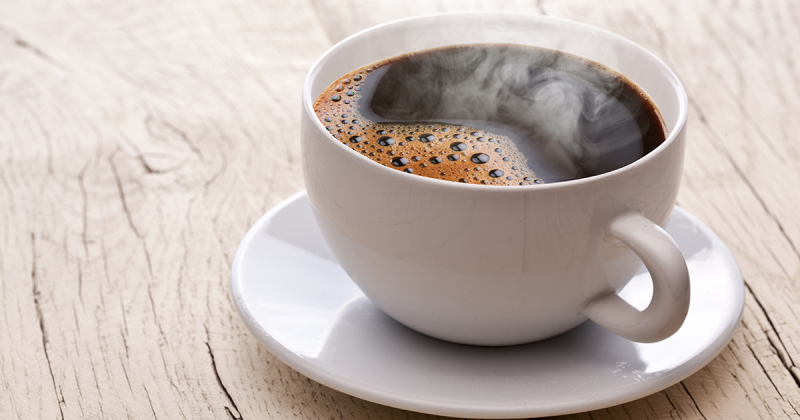
Unsweetened coffee 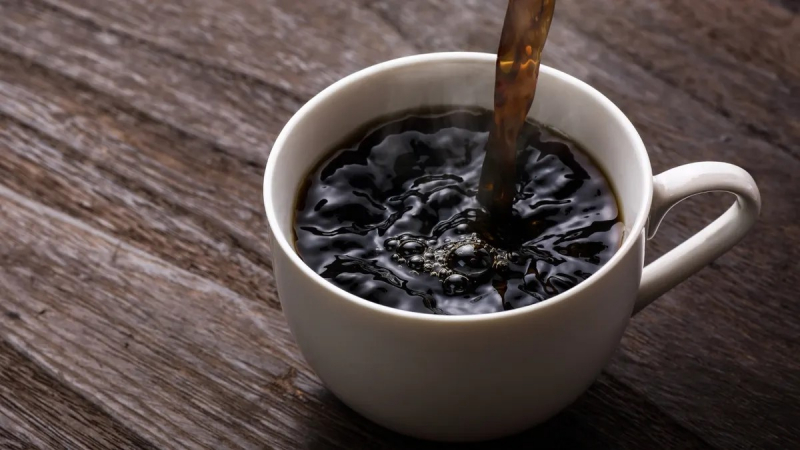
Unsweetened coffee -
Fresh vegetables typically have a low glycemic index. Fresh vegetable juices are therefore ideal for those with both type 1 and type 2 diabetes. Try substituting your fruit juice for fresh vegetable juice, or juice that is low in sugar and contains nutrient-dense.
The most crucial part of juicing for diabetics is being particularly careful with the ingredients you use. Always use healthy fruits with a low glycemic index and the right vegetables for your juices and smoothies. While the majority of 100% fruit juices include 100% sugar, you can try tomato juice or a vegetable juice substitute. For a tasty supply of vitamins and minerals, make your own combination of green leafy vegetables, celery, or cucumbers with a few berries.
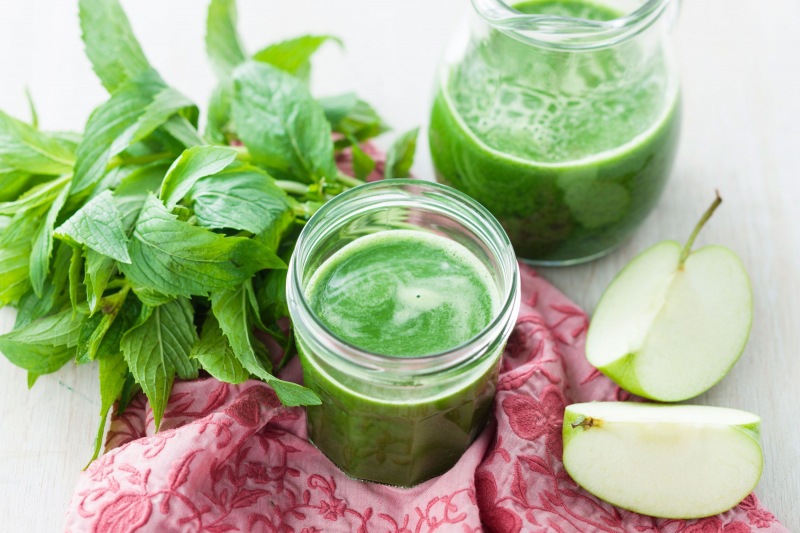
Vegetable juice 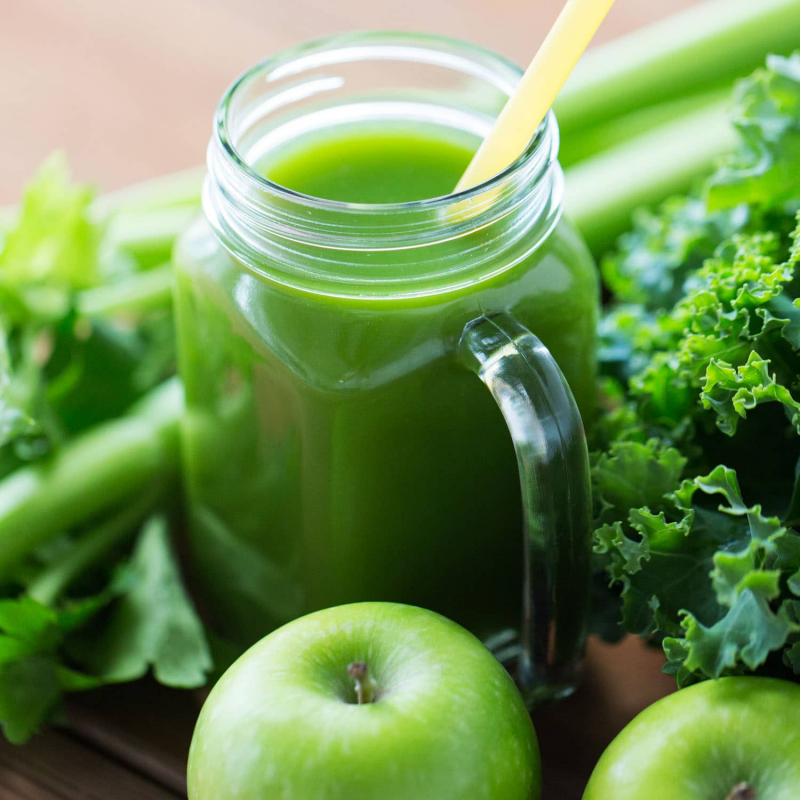
Vegetable juice -
The "best" milk for a diabetic person will depend on the flavors they enjoy, the rest of their diet, and how much total daily carbohydrate they consume. Almond and flax milk, for instance, has almost no carbohydrates if someone wants to cut their intake of carbohydrates as much as possible.
But keep in mind that this traditional beverage also contains carbs, which can have an impact on your blood sugar levels if you have diabetes. Limit your intake of milk to no more than two to three 8-ounce glasses each day. However, for those who prefer cow's milk but are not lactose intolerant, skim milk can be a lower-fat, lower-calorie option. Research has suggested a strong connection between consuming low-fat dairy and a reduced risk of type 2 diabetes.
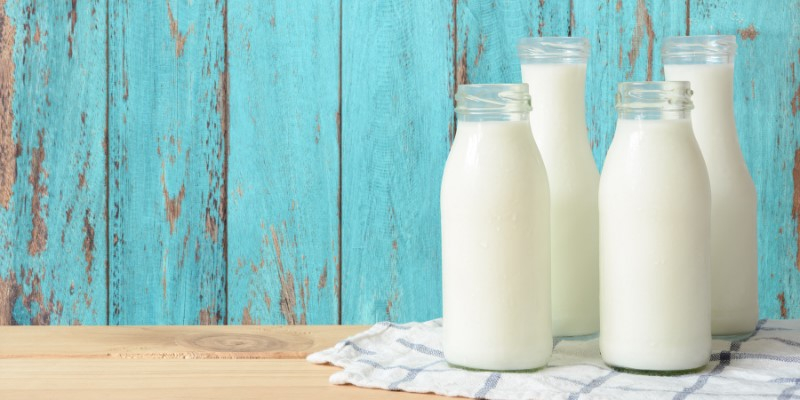
Low fat milk 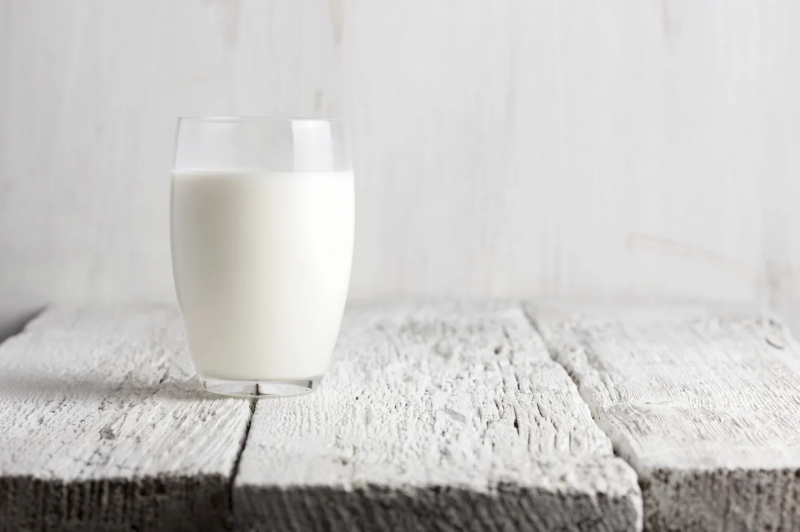
Low fat milk -
"Plant-based milk can be a great option for those who are lactose-intolerant or follow a plant-based diet", says Kelly Plowe, M.S., RD, a registered dietitian who specializes in gut health in Los Angeles.
Almond, oat, rice, soy, coconut, and other non-dairy milk substitutes are low in carbohydrates. Additionally, they are sometimes fortified with vital nutrients like calcium and vitamin D, all of which are crucial for maintaining healthy bones. Check the packaging carefully to choose the right product for you because much nut milk only provides a little quantity of protein and many soy and rice milk contain carbs. You will have a better understanding of how the product you like fit with your needs and goals if you read the Nutrition Facts panel and ingredient list.
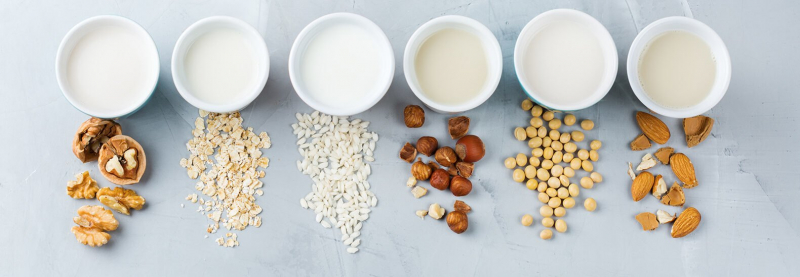
Milk alternatives 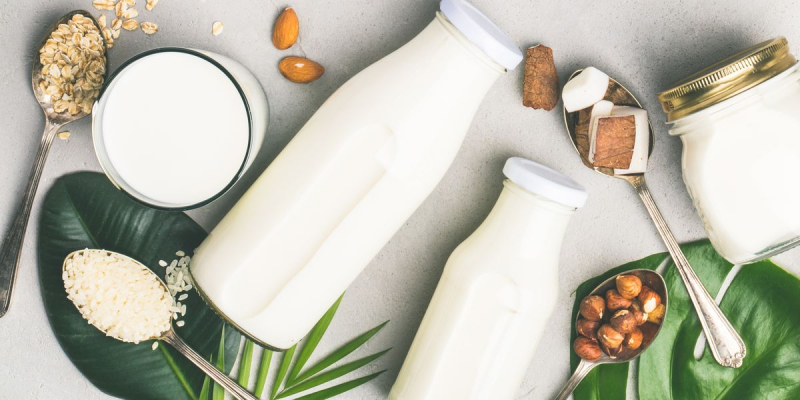
Milk alternatives -
Smoothies can be a great way to get fiber and other nutrients from fruits and vegetables. A smoothie can be a good way to consume superfoods, such as spinach and green leaves.
Green smoothies are a great way to add more fiber and nutrients to your diet while maintaining your hydration. To make a nutritious, homemade smoothie, try combining green veggies like spinach, kale, or celery along with some protein powder and some fruit. Or you can add some healthful sources of fat to a morning smoothie including almond or peanut butter, chia seeds, avocado, raw pecans, raw walnuts, etc. However, too much fat can lead to weight gain, so it is essential to balance the quantities.
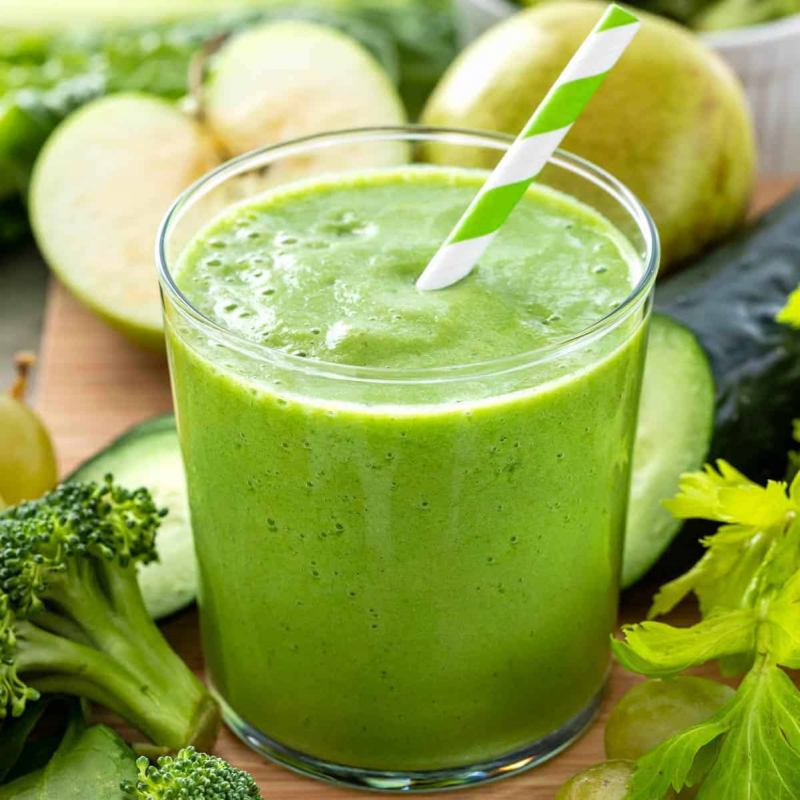
Green smoothie 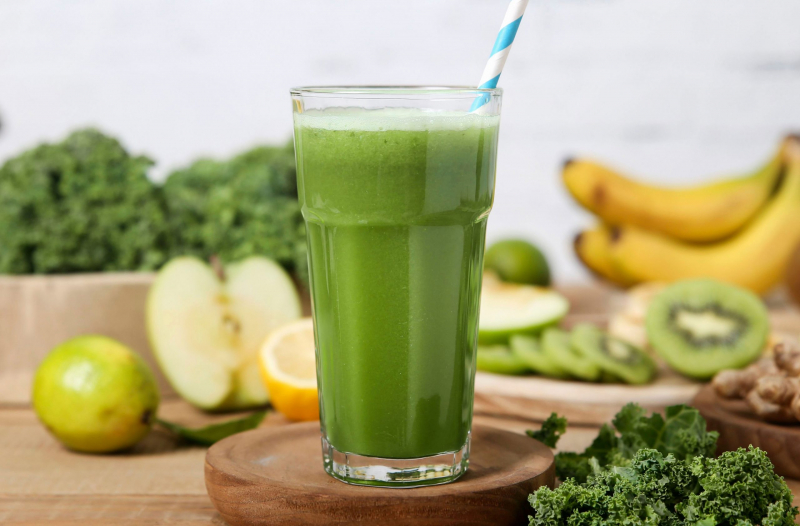
Green smoothie -
For people who are trying to maintain a healthy weight, sugar-free lemonade can be a fantastic alternative. This recipe contains a few calories and carbs. Due to the fact that it doesn't cause a blood sugar surge like full-sugar lemonade, it is also excellent for diabetics.
Making your own sugar-free lemonade at home is a simple way that results in a delightful and refreshing low-carb beverage. One ounce of lemon juice has about two grams of carbs. The fruit also offers 3.7 mg of vitamin C, which is 6.2 percent of the recommended daily value. Start by combining a little freshly squeezed lemon juice with sparkling water. Add some ice and your preferred sugar-free sweetener, like stevia, to finish it off.
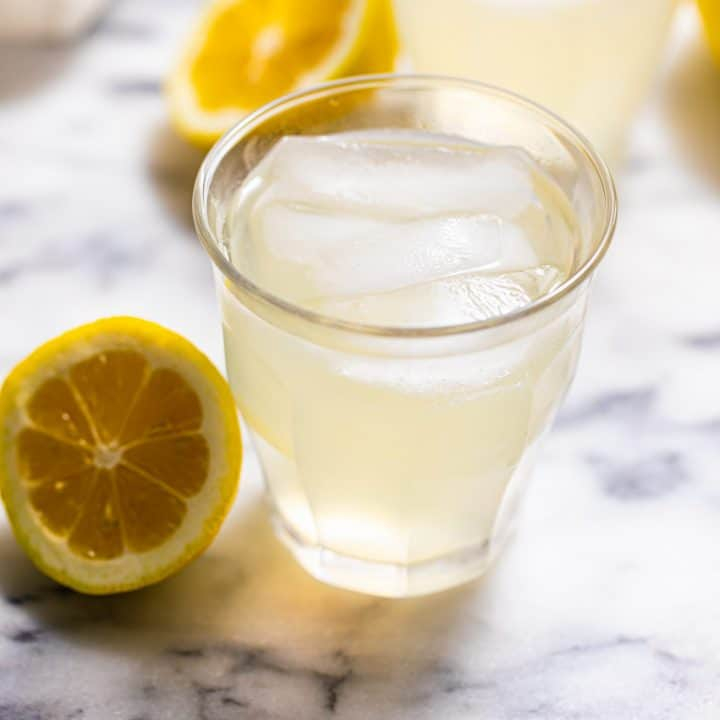
Sugar-free lemonade 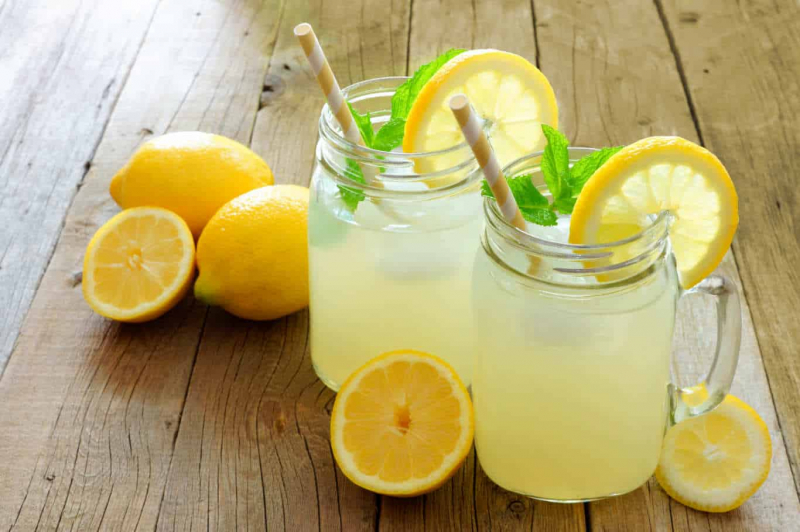
Sugar-free lemonade












